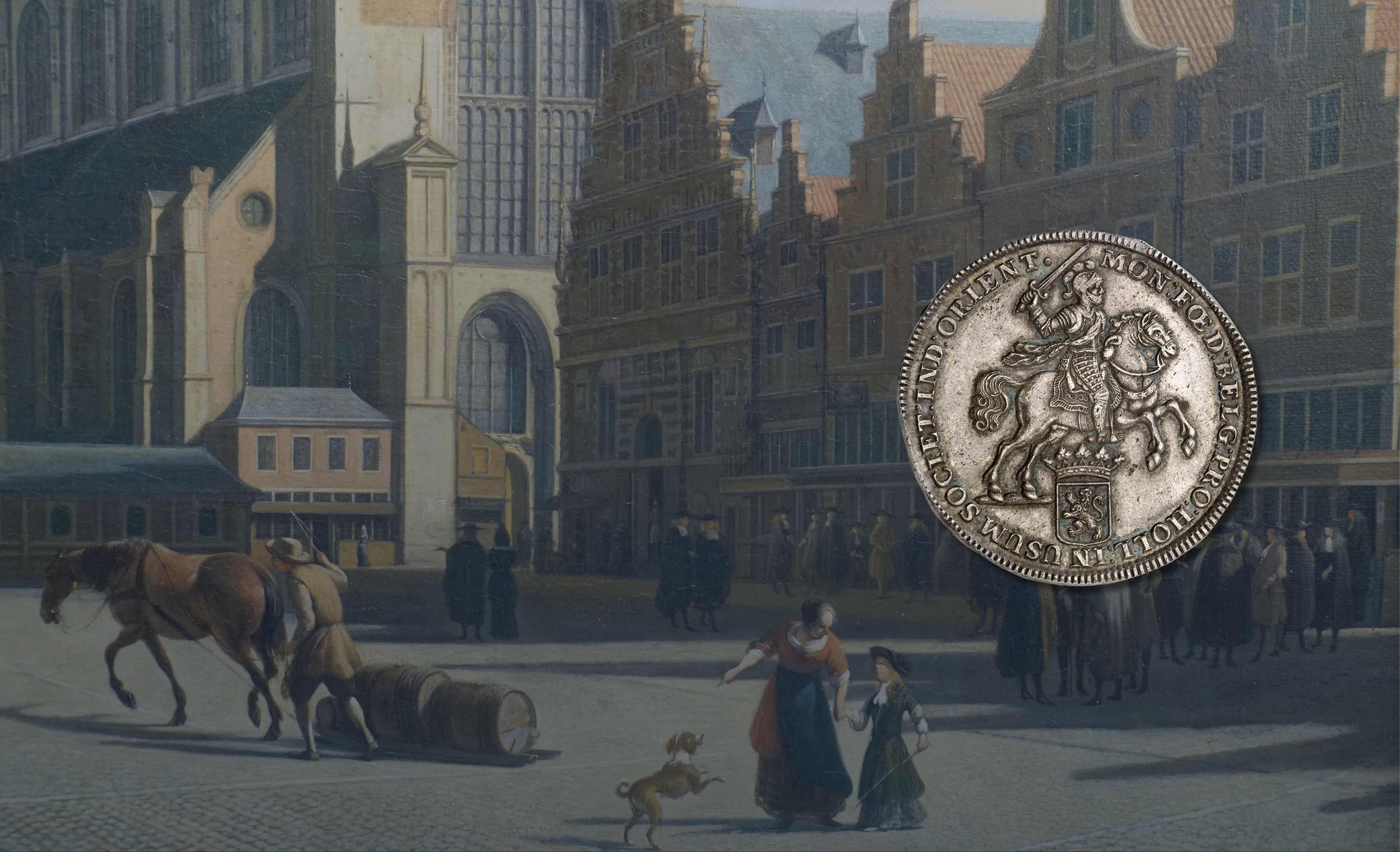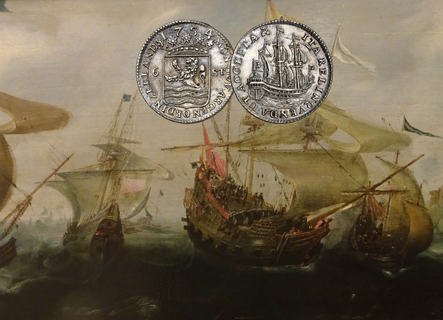Auktionen
Auktionen
HINWEIS: Für die Teilnahme an unseren Auktionen über AUEX benötigen Sie ein persönliches Künker-AUEX-Kundenkonto. Die Registrierung erfolgt auf AUEX.
Auktionen
Shop
Künker bei ebay
Täglich starten interessante Künker-Münzauktionen auf Ebay. Natürlich genießen Sie auch hier die gewohnte Künker Qualität.
Jetzt zu ebay
Künker bei ebay
Täglich starten interessante Künker-Münzauktionen auf Ebay. Natürlich genießen Sie auch hier die gewohnte Künker Qualität.
Jetzt zu ebay
Über Künker
Über Künker
Das Familienunternehmen ist in zwei Geschäftsbereiche unterteilt: den Handel mit Edelmetallen und historischen Goldmünzen sowie das Auktionsgeschäft.
Über Künker
Unternehmen
Blog
Blog
Wir bieten Ihnen spannende Blog-Artikel und Videos zu unseren Auktionen, Spezialsammlungen und ihren Sammlern.
Blog
Auktionen
Wissenswertes
Mediathek






















